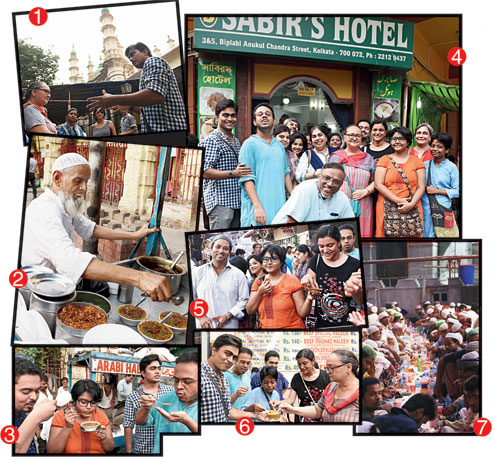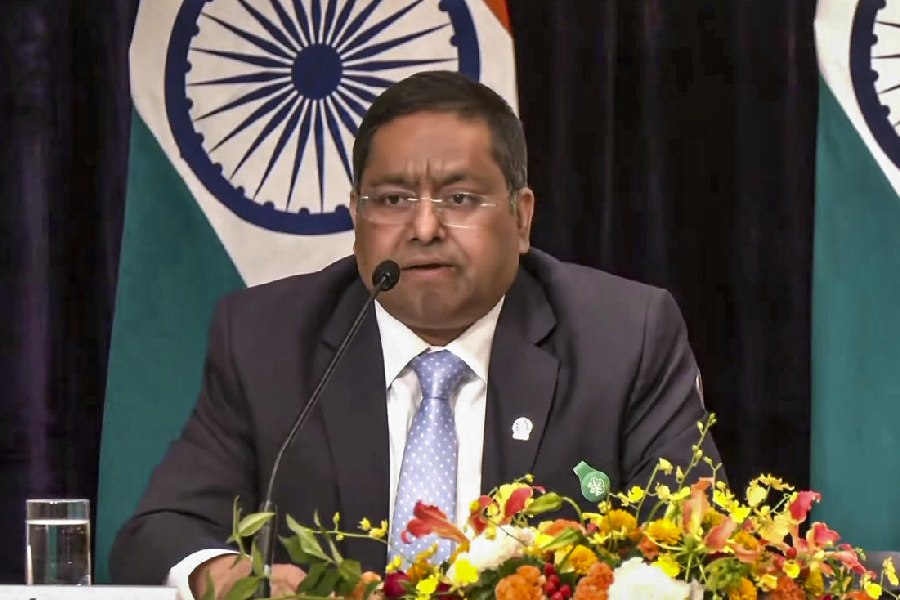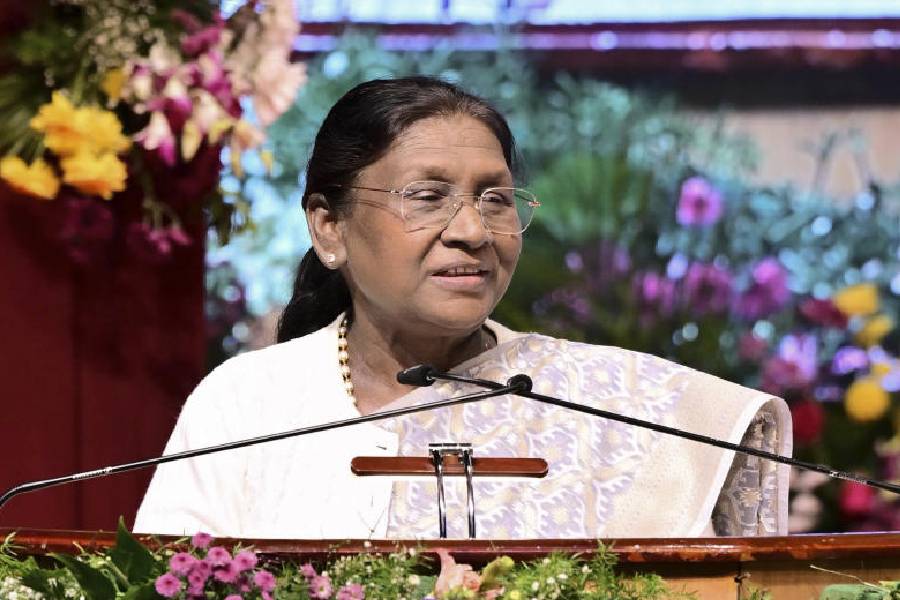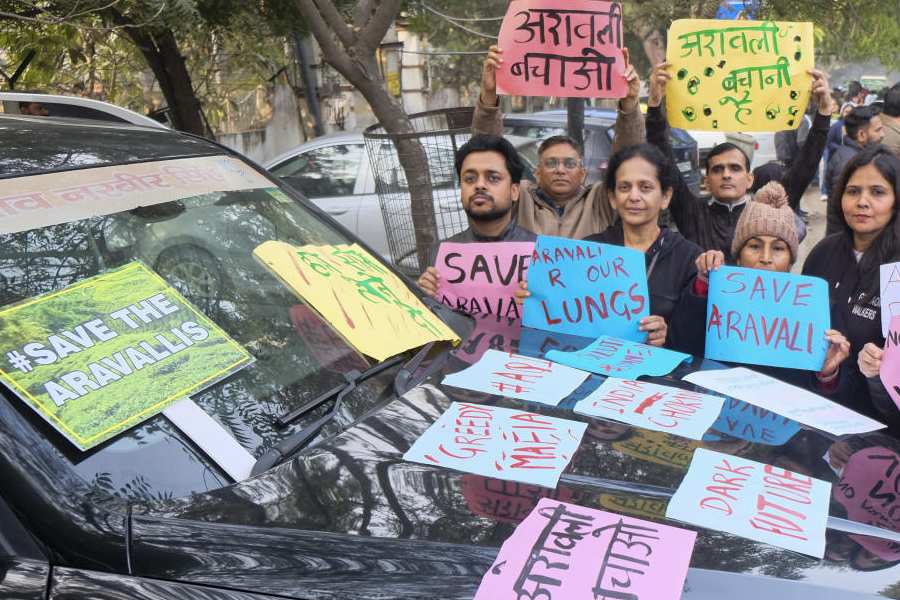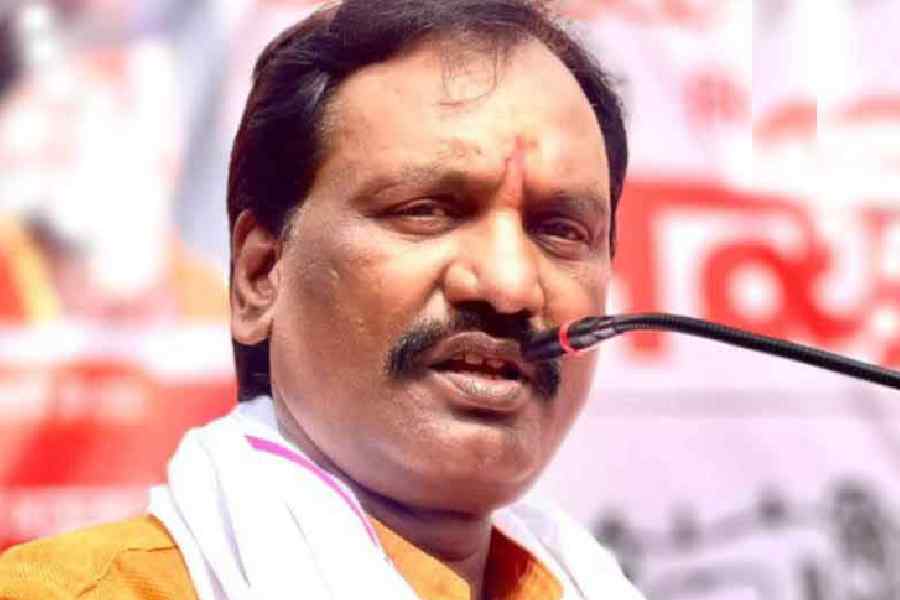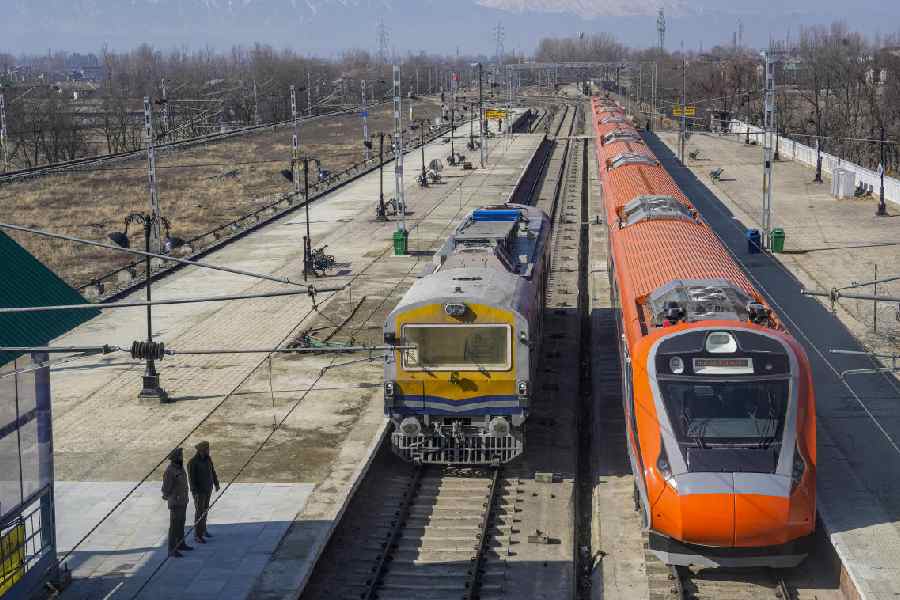

The danger of doing a Ramazan walking tour is to believe that the walk would begin with food and end with food. But it is a deeper Ramazan that the members of the Sarobar Book Club (meets every alternate Saturday in the Rabindra Sarobar) set out to explore through the streets of central Calcutta, with Iftekhar Ahsan of Calcutta Walks.
They couldn’t have been shepherded better; ‘Ifte’ is not just an old hand at conducting walks but an old leg as well, if you consider that he will stop every 100m to greet an old friend (‘Chacha khairiyat?’), or stop to ask the ganjee-wearing haleem maker at the gate of Statesman House if he got the beef softness just right this time, or pause mid-sentence to turn and ask a familiar alms-seeker, ‘Roza kaisey chal raha hai bhai?’
So this was not the usual food walk (though walkers were nudged by a rozdaar Iftekhar to stop by Arabi Haleem Center and sample the quality, or quaff a quick chai at Sabir’s, pick Iranian khajoor in Chuna Gali or firni at Nav Aminia); this was a culture-appreciation tour for a predominantly south Calcutta crowd not entirely schooled in diversely fascinating ways and tongues (someone actually asked, ‘What is he saying?’, when she heard a floating ‘Kaa hoo-is?’).
The walk achieved what most of its walkers may not have in their usual everyday lives: it bought well-lunched walkers to interface with well-fasted individuals; it brought individuals from the upper middle-class to engage (albeit fleetingly) with individuals from the lower end of the city’s economic pyramid.
When you pause and engage for three minutes with someone you have conveniently stereotyped (we all do it all the time), you begin to hesitantly observe the person’s grace under pressure (try standing without a shade on the 38 degree and 98 per cent humidity roadside, servicing customers with a smile even while you have had nothing to eat or drink for 15 hours); the sheer tehzeeb of a bearded 70-year old chacha as he squeezes the last nimbu drop into each haleem cup; the dignity of street vendors; the well-meaning suggestions of all those who expressed regret when a couple of non-Muslims from our team with skirts finishing just below the knees, could not enter the Nakhoda Masjid.
The walk comprised moments that walkers feel they will remember for a long time after the experience of navigating the human river of Chandni Chowk Street has been forgotten: the touching neatness with which families spread their dastarkhwaan on the floor of the Nakhoda Masjid to spread their tarbooj, sherbet cups and food before the azaan that permits them to eat their first meal of the day; the romance of the azaan against a sun-setting sky; the silence that descended on the masjid’s sehen (courtyard) even though there were a thousand eating as a community.
So I asked our 15 walkers to name their ‘big moment’ and these are some of the reactions I got: ‘being inside the grandeur of the Nakhoda Mosque’; ‘the smile of chacha after I told him that this was the best haleem I had eaten’; ‘the transition of the buzz of Nakhoda Mosque into silence when they commenced iftar’; ‘the unity of purpose within the chaos of the bazaar’; ‘sharing for once, an intimacy with the people of the lanes we walked through so many times’; ‘the silence, discipline and reverence inside the masjid even as one was surrounded by the throb of a chaotic city’; ‘the caring and sharing’.
My big moment? A miskeen (beggar), probably fasting, sitting on the ledge of a door in Phears Lane, head inclined against the wall, and turned upwards to the sky, mouth agape, eyes shut — as if waiting for a friendly hand to touch him on the shoulder at 6.25pm and say, ‘Chacha, iftar ka waqt ho gaya. Jaldi kuch kha leejiye!’
Pictures: B. Halder

